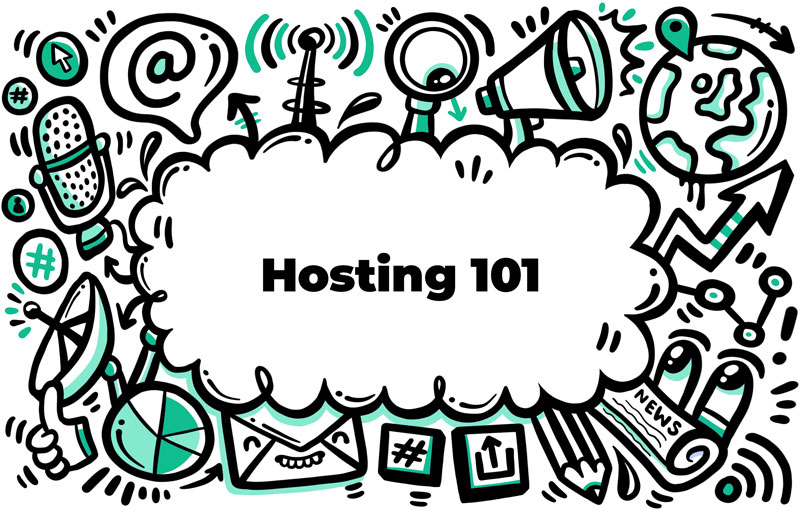In today’s fast-paced digital world, having a speedy and efficient website is crucial for your small business’s online presence. A faster website improves user experience and boosts your search engine rankings, ultimately leading to increased traffic and conversions. In this blog post, we’ll discuss how to optimise your small business website for faster performance, covering crucial aspects like website design, hosting, and SEO.
Choose the Right Web Hosting Provider
Selecting a reliable and high-performance web hosting provider is the first step towards optimising your website’s speed. Research different hosting options, paying close attention to factors such as uptime, server location, and customer support. A high-quality host will ensure your website loads quickly and remains accessible to your visitors at all times. Consider investing in a managed WordPress hosting service for improved performance, automatic backups, and regular updates.
Optimise Website Design and Images
An attractive and responsive website design is essential for a positive user experience, but it shouldn’t come at the expense of performance. Keep your website’s design clean and minimal, focusing on essential features and functionality. Optimise images by compressing them without compromising quality, and use the correct file format (e.g., JPEG for photos and PNG for logos). Implement lazy loading, a technique that defers the loading of images and other media until they are needed, thereby reducing initial loading times.
Leverage Browser Caching and Minify Code
Browser caching allows a visitor’s browser to store copies of your website’s files locally, reducing the need to re-download them each time they visit. Enable browser caching by adding the necessary code to your website’s .htaccess file or using a WordPress caching plugin. Additionally, minify your website’s HTML, CSS, and JavaScript files to eliminate unnecessary characters and whitespace, resulting in smaller file sizes and faster loading times.
Use a Content Delivery Network (CDN)
A Content Delivery Network (CDN) is a network of servers strategically located around the globe to serve your website’s content from a server closest to the visitor. This results in reduced latency and faster page load times. Several CDN providers are available, so evaluate your options and choose one that best suits your small business’s needs.
Implement Proper SEO Practices
SEO is vital for driving organic traffic to your website, and faster performance is crucial in search engine rankings. Ensure your website is mobile-friendly and follows the best SEO practices, such as proper keyword usage, relevant and engaging content, and appropriate meta tags. Regularly monitor your website’s performance using tools like Google Analytics and Search Console to identify areas for improvement.



